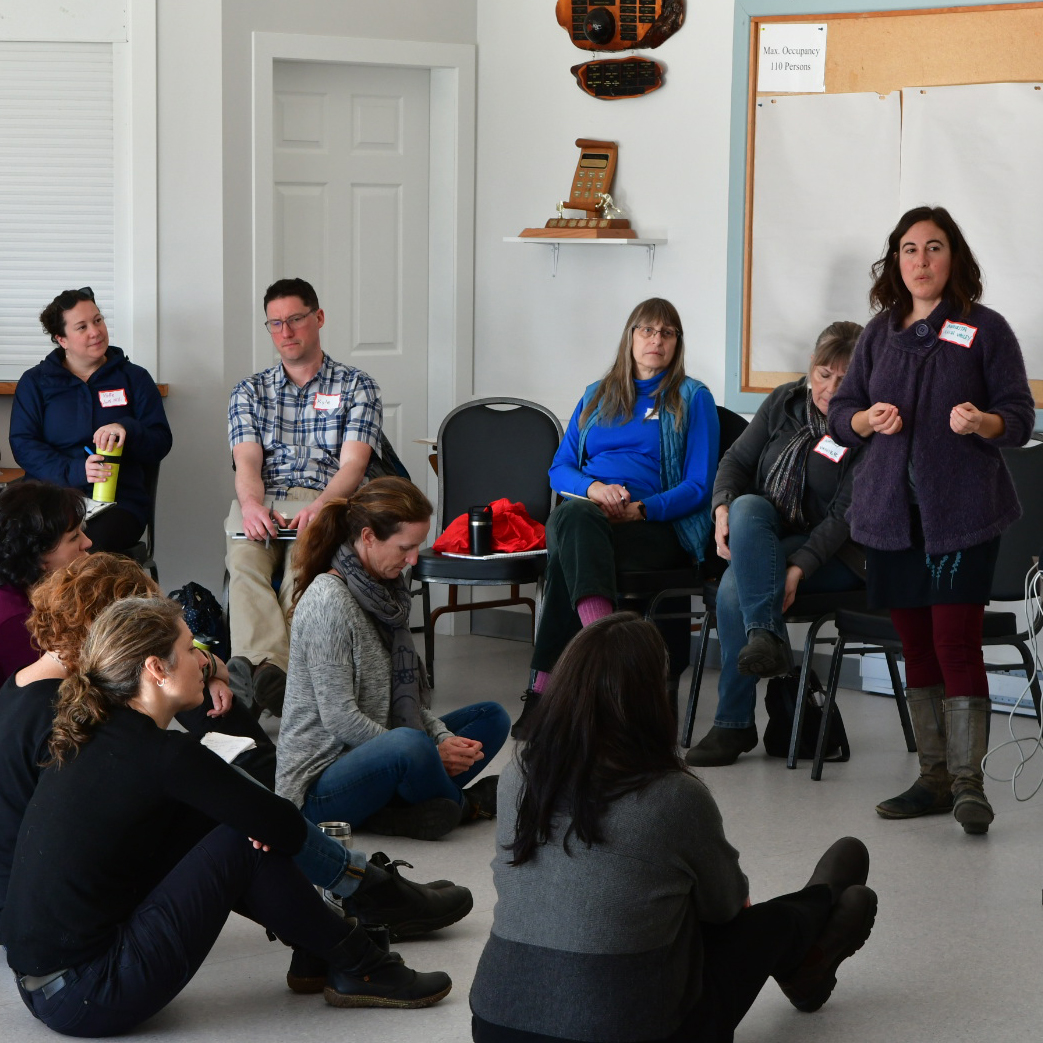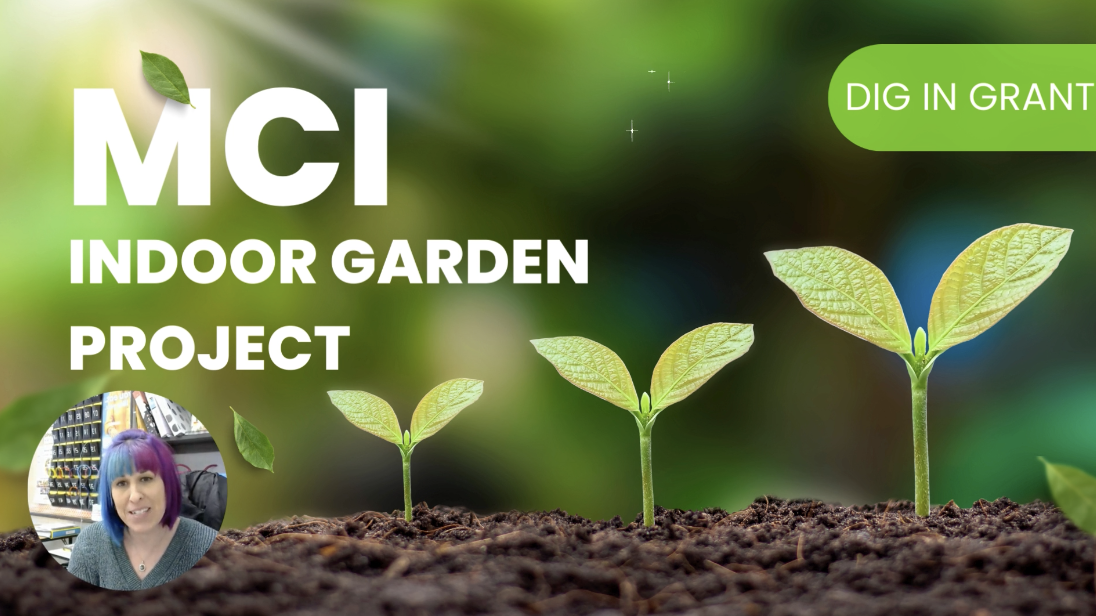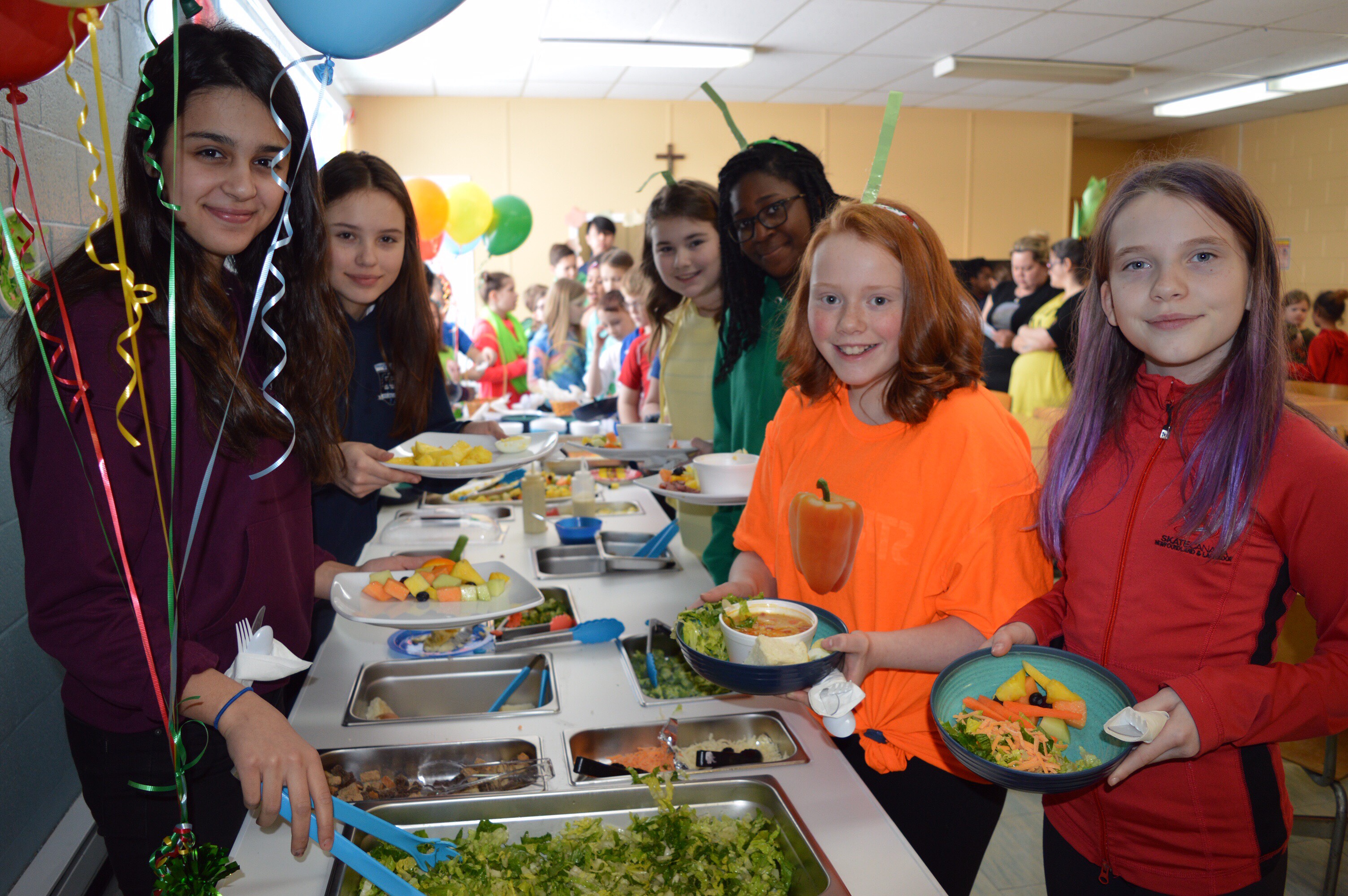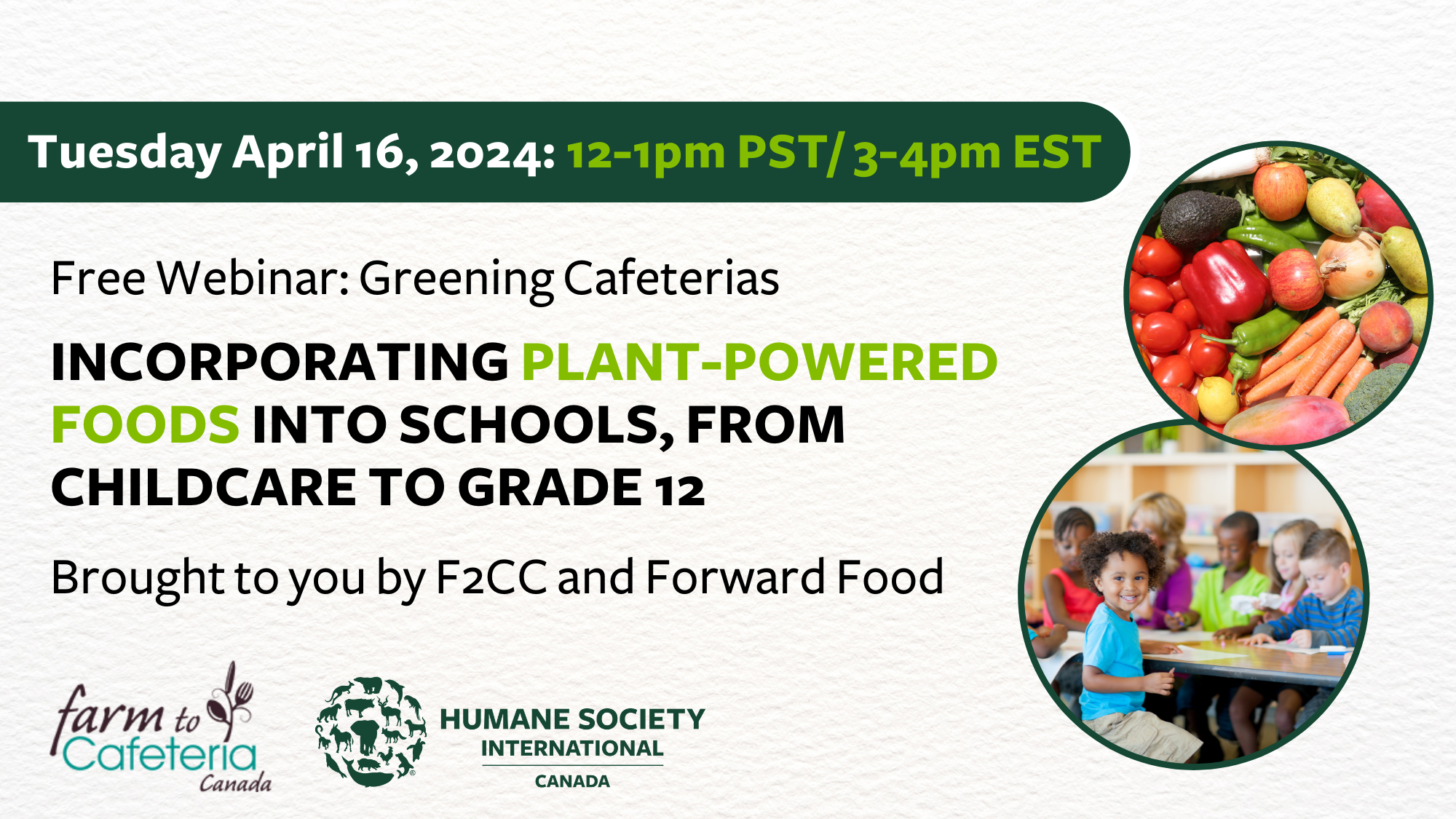Inspired by the farm to school Learning Circle model, in March of 2022, the Let’s Gather! event hosted in Canmore, AB encouraged community members in the Bow Valley to connect and spark dialogue around local and resilient food systems by exploring this theme through the lens of school food. This post shares what inspired the event, what was shared and learned, and next steps on the path to transforming school food in the Bow Valley.
About the Bow Valley
An area that might be best known for its snow sports and picturesque location nestled in the Rocky Mountains – and not a long growing season – a thriving local food scene may not be the first thing that comes to mind when thinking of Alberta’s Bow Valley. That’s changing thanks to a group of dedicated community members, farmers and other local food producers: there is increasing awareness and interest in the community to foster a resilient local food system that is socially and ecologically just.

As cited by the Bow Valley College, the name “Bow” refers to reeds that grow on the banks of the river, traditionally used to make bows.
Comprised of a number of small towns, the Bow Valley’s largest, Canmore, is home to a population of about 16,000 people, 17% of which are children and youth age 0-19 (2021 Census Profile). The population has been steadily growing over the past decade and, according to the Let’s Gather! event organizer, Avni Soma, in addition to population growth the demographic also appears to be changing, becoming increasingly diverse with more BIPOC (black, Indigenous and other people of colour) food producers. For Avni, there is a spiritual draw to the mountains that led her to the region, and she believes that this quiet but powerful pull draws others to the area, too.
Local food and food security in the Bow Valley
When it comes to growing food, according to Canada’s Plant Hardiness Zones, the Bow Valley hovers between Zone 2 and Zone 3, meaning winters can bring some of the coldest temperatures in the country. With the use of row covers and hoop houses, though, a typical growing season can run from April through October and many school and community gardens are thriving. For example, the communities of Banff, Canmore and Exshaw have active community gardens and some local organizations, like the Canmore Community Gardening Society, provide space for locals to grow their own food. In addition to cultivated crops, there is increasing interest among residents in hunting and foraging in the local mountain spaces for traditional foods and medicines that grow in the region, including wild strawberries, wild onions, juniper and other berries, rose hips, fireweed, spruce tips, and much more.
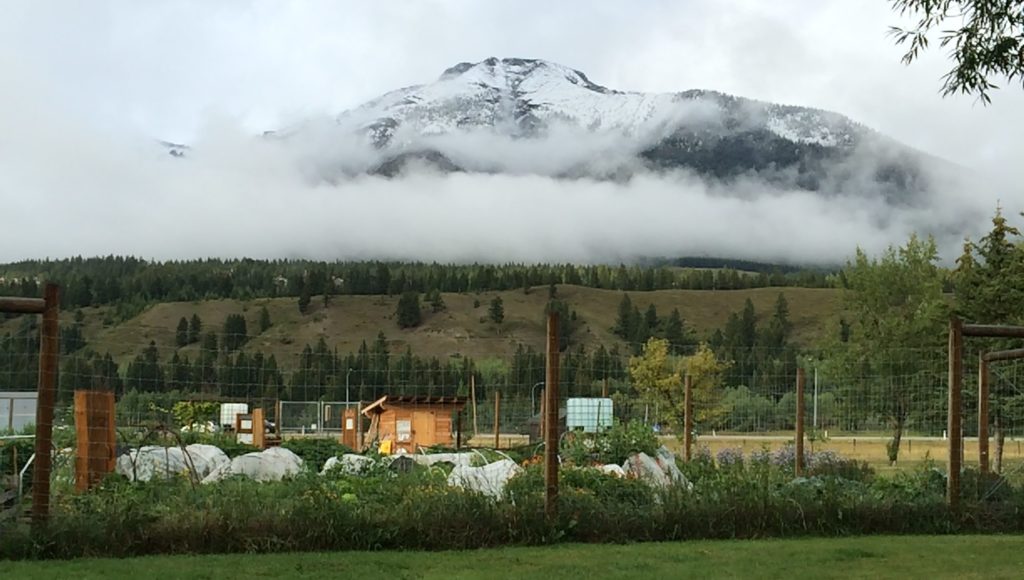
The need to support a robust, resilient and accessible local food system is underscored by food insecurity in the region. Canmore has the highest living wage in the province at $37.40 per hour according to a 2021 report, with food being reported as the third highest household expense. According to a 2015 Alberta Health Services report, monthly household food costs are about 8% higher than the provincial average.
Organizations like the Bow Valley Food Alliance (BVFA), an organization of passionate citizens and professionals in the region dedicated to food security, are working to help address this and to realize a vision for community-based food system that supports the health and wellbeing of residents for generations to come. The BVFA’s leadership has led to the development of the Bow Valley Food Charter which has set a collective vision “to create community-based food systems that are equitable and ecologically regenerative. In doing so, we aim to build food sovereignty for all of the diverse communities in the Bow Valley from Lake Louise to Banff to Canmore to Municipal District of Bighorn to the Îyârhe Nakoda Nation.”
Local food in schools
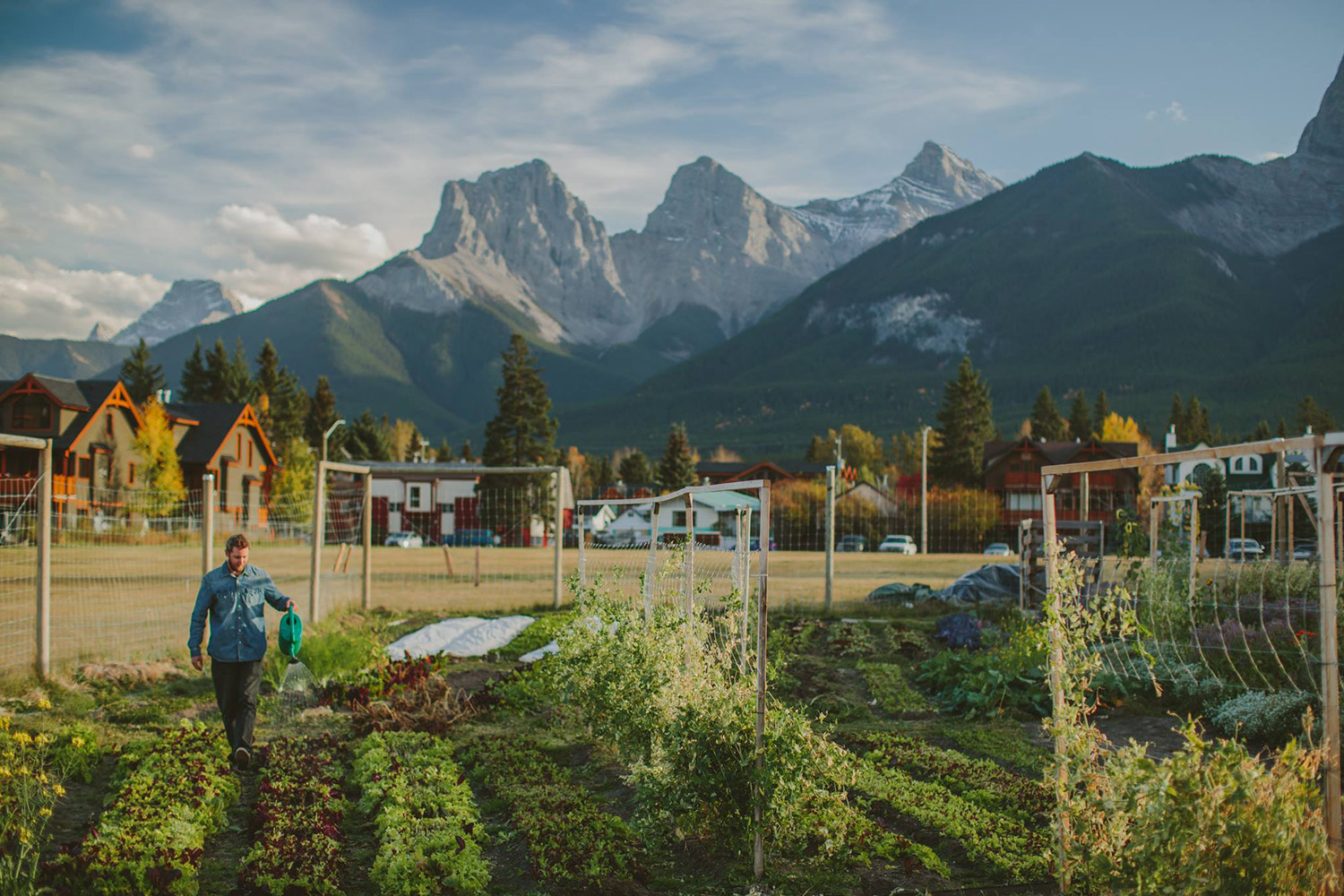
Schools are at the heart of our communities and serve as a great place to catalyze broader food system transformation. With a number of community champions, like BVFA, and others already working to create food literacy opportunities and get local food in schools, the Bow Valley is an ideal location for a Farm to School Learning Circle, a coordinated process to build, strengthen and expand collective farm to school activity within a community. A strong foundation for connecting students to the local food system was laid in the last 10 years through Alpine Edible School Yards. This non-profit urban farm (Canmore’s first!) began as a quarter-acre farm on school ground and soon piqued interest of the school community. It served as a space where teachers could bring students for hands-on learning, and project lead, Christian Wright – better known as “Farmer Christian” – provided support to educators by helping them to make curriculum connections for students. Eventually, this transitioned into a part-time position for Christian with the school board, helping to fill gaps in educator capacity.
Listen to Christian share a bit about this transition in the clip below:
“There are a lot of great pieces in place in the Bow Valley and it’s just a matter of strengthening it and having more capacity within the community and sharing their skills whether it’s gardening, cooking. The matter of climate – ways to extend the growing season into the school year.” – Christian Wright, the Bow Valley’s first Mountain Farmer and educator with Alpine Edible School Yards
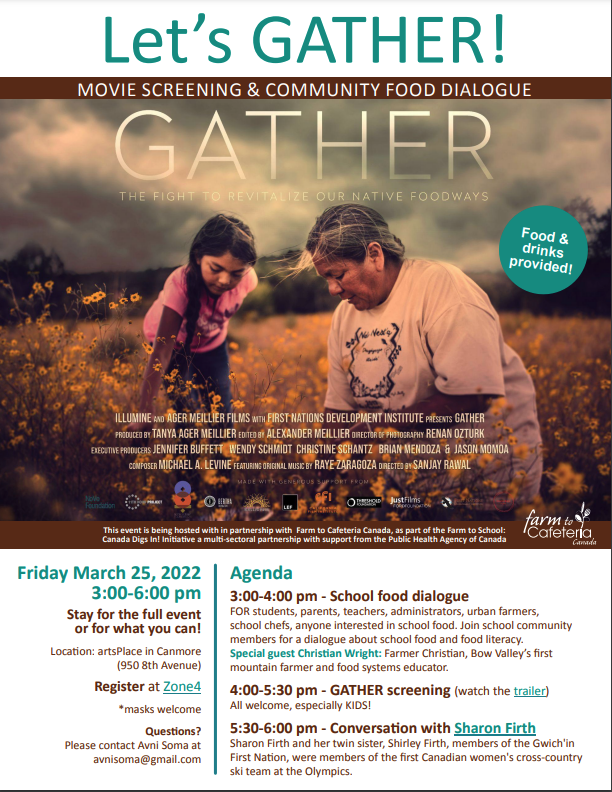 In the winter of 2022 when the opportunity was presented to convene community members around the topic of school food, community engager and local food advocate, Avni Soma, was keen to bring people together around this topic. The Let’s Gather event was born.
In the winter of 2022 when the opportunity was presented to convene community members around the topic of school food, community engager and local food advocate, Avni Soma, was keen to bring people together around this topic. The Let’s Gather event was born.
To plan the event, Avni reached out to a number of school community members and food system actors in the region to inform the agenda. Throughout this process several goals emerged that helped shape the event, from the venue and when it took place, to the agenda and who would attend. These goals included:
- Grounding it in time and place, honouring the lands and traditions of the Îyârhe Nakoda people, and the changing of the seasons.
- Being open to attendance by school community members of all schools in the region. Invitations went to the Conseil Scolaire FrancoSud, the Catholic school board, Canadian Rockies Public Schools and the Morley Community School, located on the Stoney Reserve.
- Being kid friendly. Afterall, what’s a conversation about school food in community, without its young people?
- Providing opportunities for in-person connections. Food is a powerful connector, and after 2 years of disrupted social connection, what better way to reconnect than over a shared meal?
- Serving food from local food providers. Discussing local food systems, offering food that supported a diversity of caterers from the region was also a must.
- Providing an opportunity for education and conversation to spark further action in the community around school food and food literacy.
Let’s Gather: Event Summary & Impact
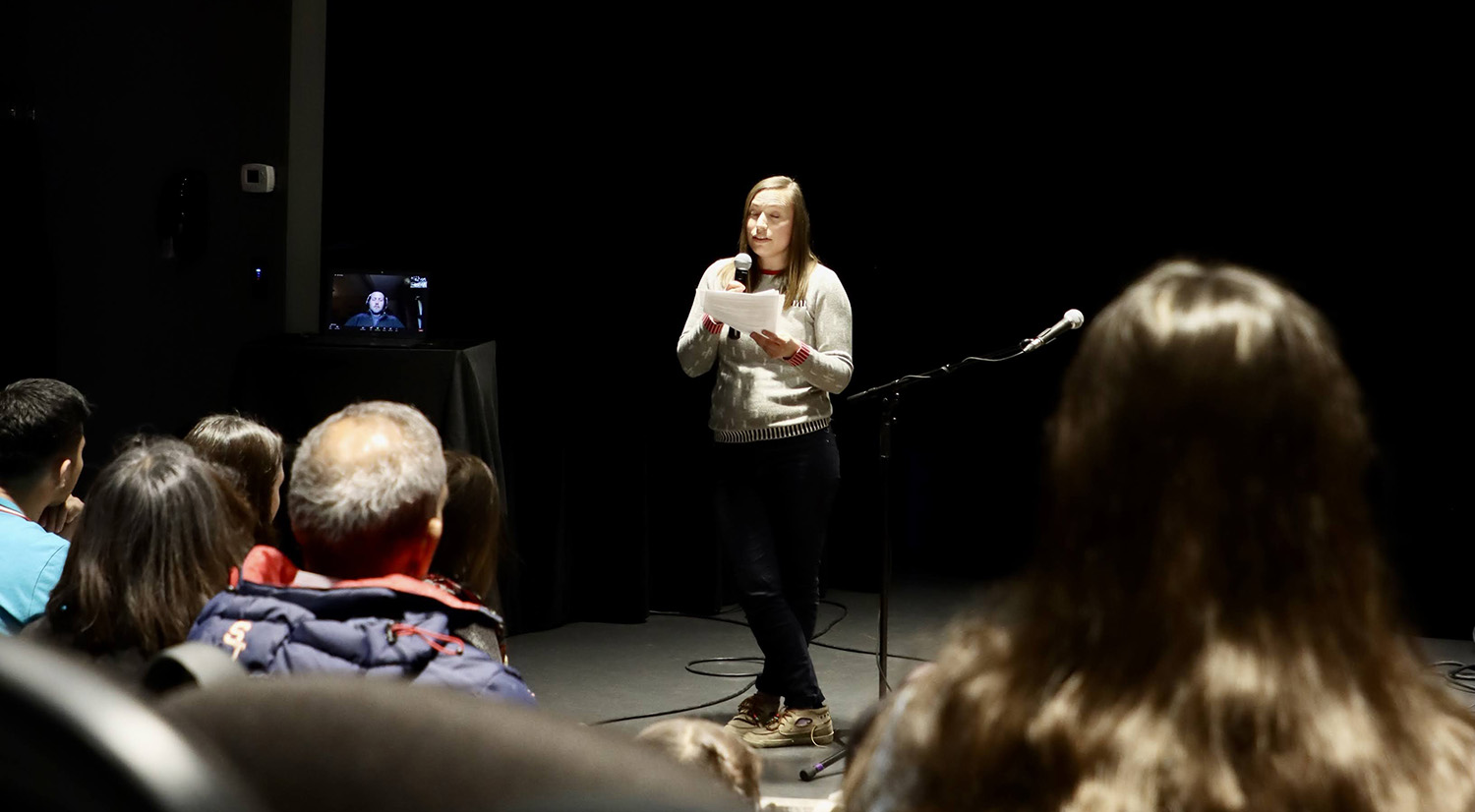
Heading into the spring, after multiple waves of COVID-19 lock down, there was an opportunity and interest from the community to gather in-person and reconnect over shared food, story and experience. Let’s Gather! was hosted on March 25th, 2022 to coincide with the Vernal Equinox and community members were invited to join a 3-hour event, either in part or in whole, which featured:
- A dialogue on school food.
- Film screening of GATHER, a documentary film that “explores the fight to revitalize native foodways”.
- A conversation with Sharon Firth, member of the Gwich’in First Nation, residential school survivor and former member of Canada’s women’s cross-country ski team.
Hosted at artsPlace in Canmore, with a total of 80 event tickets sold, 25 people attended the school food dialogue and 65 joined for the screening of Gather and conversation that followed with Sharon Firth. A variety of people attended, including racially diverse members of the community and families (including kids under 10) parents, teachers, school administrators, chefs, urban farmers, community members and more.
Opening remarks were provided by Dr. Lauren Kepkiewicz a researcher and resident of the Bow Valley whose work examines food sovereignty in the nearby mountain communities, with a focus on the Bow Valley. Lauren uses food as a lens to understand how people and places relate to one another, including the ways that different communities build alliances across difference, challenge structures of oppression and work to create transformative food system change.
“… food has played a role in the colonization of Indigenous lands and Nations, we know that there have been hunger experiments conducted on children in residential schools, we know that colonial agricultural policies were designed to confine Indigenous Nations on reserves and that these policies were designed specifically and intentionally for these purposes. But at the same time, food and education have been used by Indigenous Nations to reassert Indigenous ways of living, of learning and of being. And we see this in Indigenous Food Sovereignty movements, in Indigenous land-based learning programs, and the intergenerational transfer of knowledge within Indigenous communities world-wide.”
Listen to Dr. Kepkiewicz’s full land acknowledgement from the event (4:58 min):


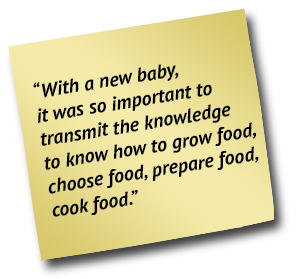
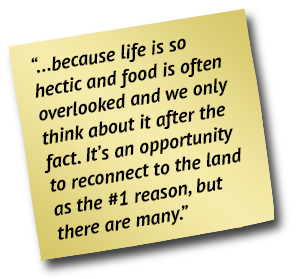
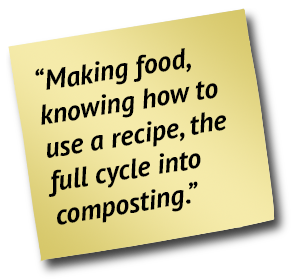

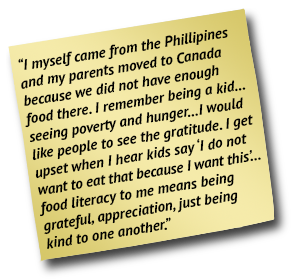
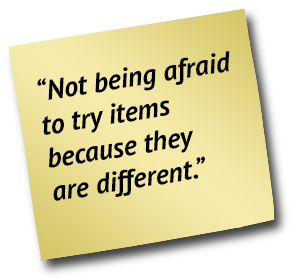
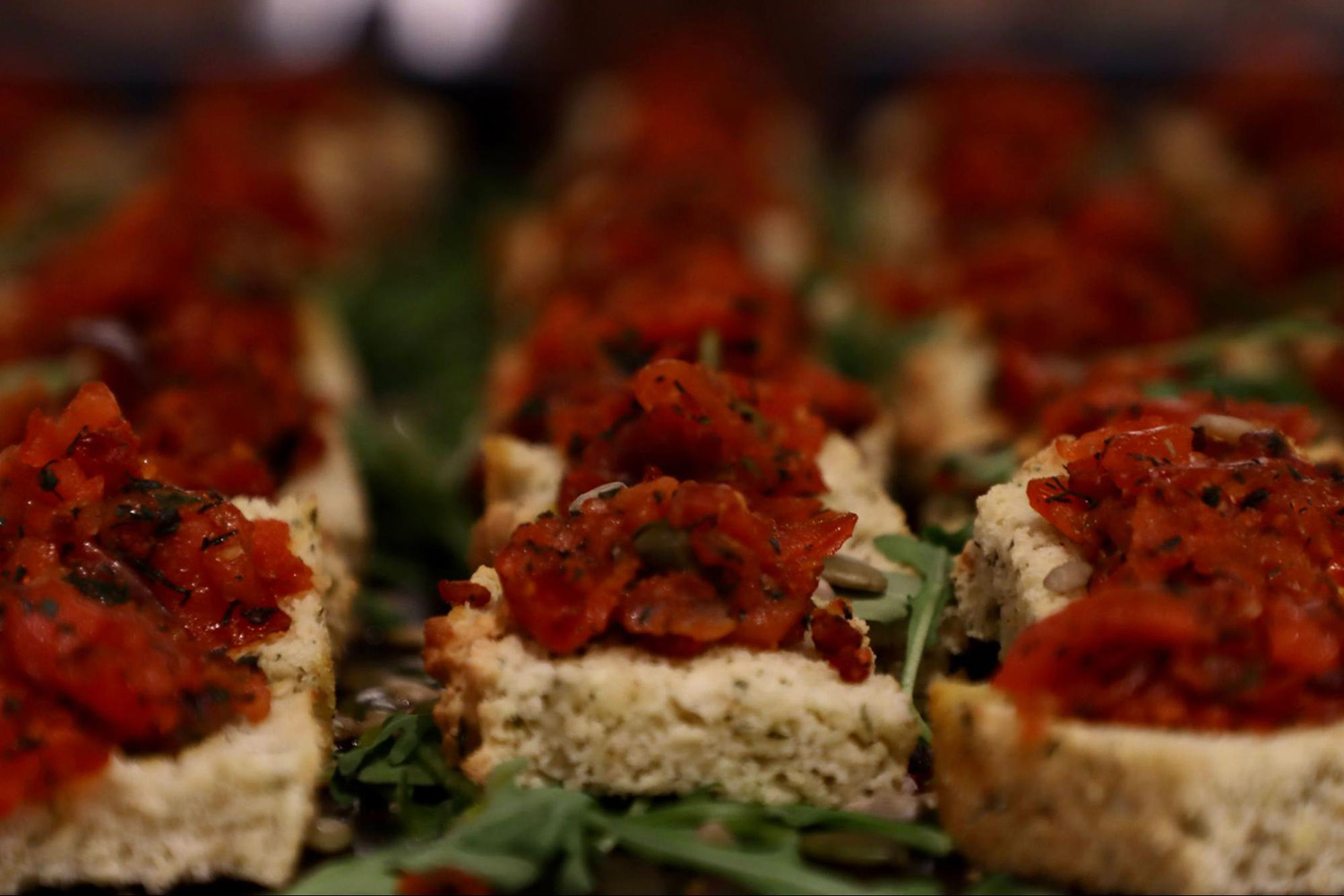
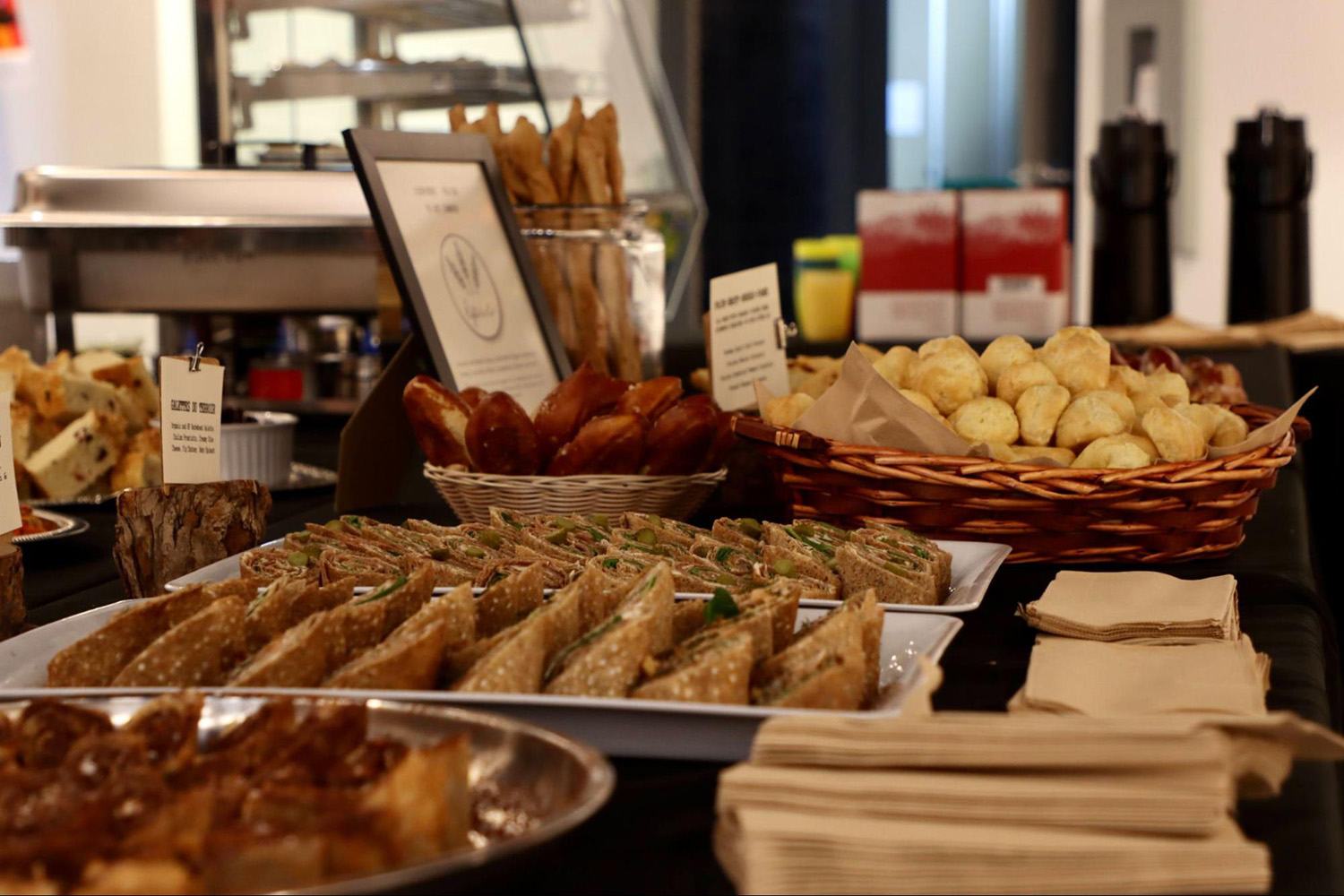
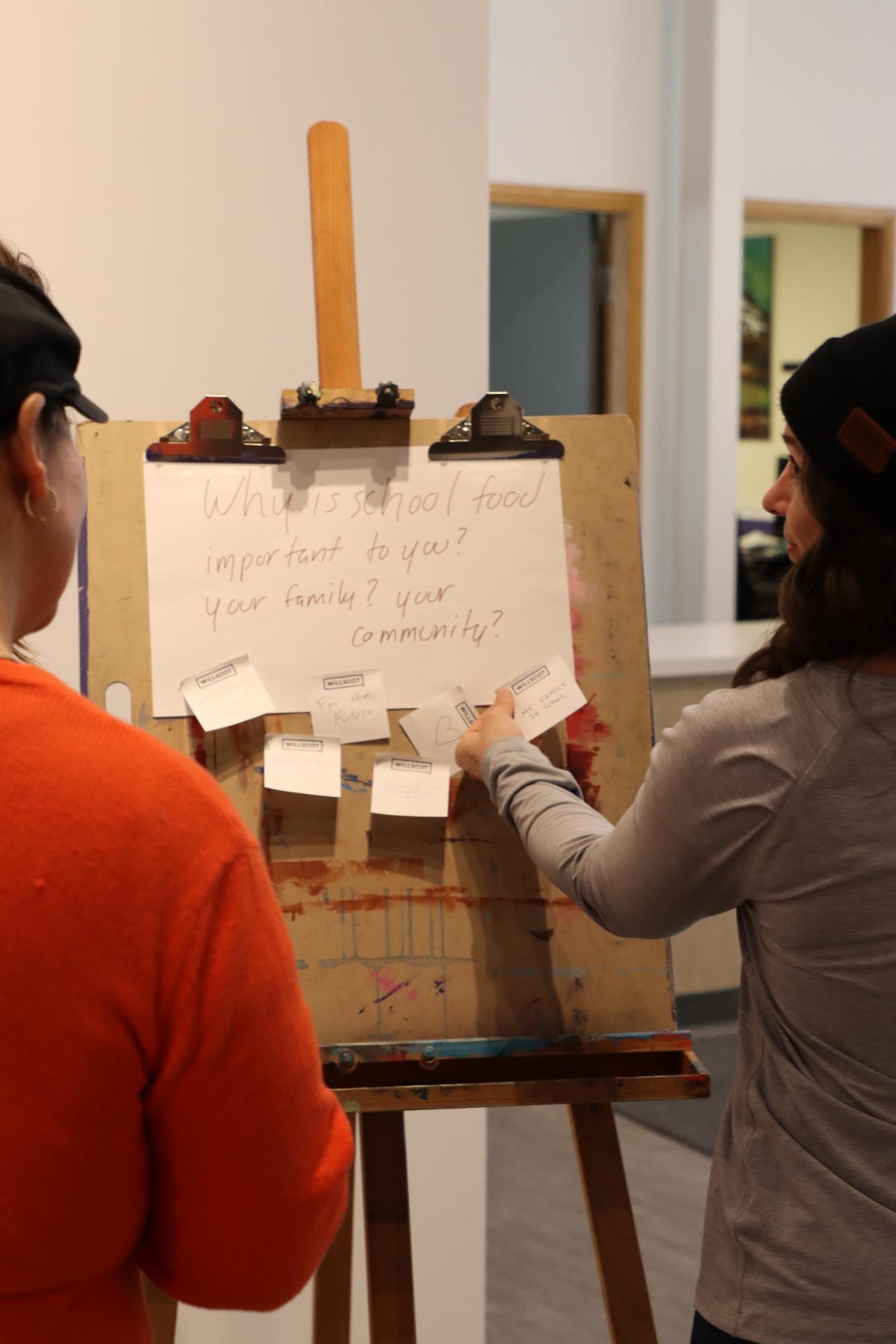 “ …hugely instructive, very moving and completely inspirational. Sharon was amazing, we really enjoyed the movie, and the food dialogue was grea
“ …hugely instructive, very moving and completely inspirational. Sharon was amazing, we really enjoyed the movie, and the food dialogue was grea
